This week Mahlerman does some musical forensic work, and uncovers a shocking tale of plagiarism. It turns out that no less than three supposedly ‘great’ composers – all now dead – borrowed directly from a living American one…
When does artistic franchise tip over into plagiarism in the musical landscape? If music is essentially compressed air, and also happens to be in the public domain and unprotected by copyright, how could anybody be accused of half-inching (thank you Mr Slang) just a few bars of this miasma, and passing it off as their own creation? Well, using a modest laptop and a minim of musical knowledge it has been possible for a couple of decades to cobble together just about anything – by a process of deconstruction into constituent parts, by adding to the fragmented parts a commonality of style, and finally by allowing the two parts to copulate together in harmony. I have had a look at this spooky world so that you don’t have to.
The smiling gentleman above is composer and musical genius James Horner, a multi-millionaire with Academy Awards and Golden Globes fighting for space on his mantelpiece. He has taken some flak over the years for several bits of ‘creative borrowing’, but I have just completed an exhausting and exhaustive study of his work, and discovered that the real bad eggs are a bunch of old timers who, until my ventilation of the plot, have been universally praised as composing giants. And it has taken a mere Dabbler to uncover the obloquy.
Consider if you will, this masterpiece of creative writing from Horner’s score for the recent film by Wolfgang Petersen, Troy.
Now cast your eye over this trio of apparently innocent musical masters.
Dead Plagiarist 1: Benjamin Britten
‘Butter wouldn’t melt’ you would probably surmise – but you would be wide of the mark. Benjamin Britten, for all his patrician demeanor, was distinctly middle-class, with predatory sexual instincts and a waspish taste for causing pain, particularly among the fair sex (as you might expect of a man who spent a good deal of time chasing altar boys). Taking a choral rehearsal during which a young girl was struggling with her vocal duties, he stopped the choir and added to her discomfort with ‘If that’s the best you can do, you had better go on doing it’. What a sweetheart.
Here is the Sanctus from his War Requiem, but in the rising and falling brass figures at around 2.25 you will have no trouble spotting the crib from Horner’s Trojan masterwork.
Dead Plagiarist 2: Ralph Vaughan Williams
Ralph Vaughan Williams painted himself as everybody’s idea of a rumpled favourite uncle. In tweed suits and shirts that seemed to have a life of their own, he cultivated the distracted air of the aesthete, and in his grimmer moods his music could be as frightening as Sibelius or Bartok. His interest in ‘collecting’ and absorbing into his own compositions the folk songs and carols he heard while travelling through the countryside in the early 1900’s, is well documented. And therefore perhaps we shouldn’t be too alarmed when we discover that in one of his most popular works from 1910, the Tallis Fantasia, he again saw fit to ‘borrow’ the main theme from both Thomas Tallis and James Horner, with no acknowledgement toward the tormented American…
Dead Plagiarist 3: Dimitri Shostakovitch
This shifty-looking individual is the Russian, Dimitri Shostakovitch, and while it is true that you probably wouldn’t buy a used car from such a man, quite a few of us, myself included, have bought the immodest tale of his role as a fireman and all-round hero in the 3 year Siege of Leningrad which ended in 1944.
But a closer look at this curious character reveals him in a less flattering light. The markers were there quite early in his career when, after the hostile reaction by the Soviet top brass to his opera Lady Macbeth of Mtsensk, he rather feebly withdrew his 4th Symphony composed at the same time, thinking he might be dumped in Stalin’s Gulag. After the war, in the early 50’s, the first signs of ‘close imitation’ started to appear. The 15th of his set of 24 Preludes and Fugues is a shameless crib from ‘We wish you a Merry Christmas’. And toward the end of his life, in his 15th Symphony, all pretence to disguise was dropped, and he baldly inserted ‘quotes’ from Rossini’s Overture to William Tell, and odd bleeding chunks of another sweetheart, Richard Wagner – the fate leitmotif from The Ring, and the grief section from Tristan und Isolde. Here is the end of his 5th Symphony that he stole from the unfortunate Horner.
Now I know what some of you may be thinking. How could a trio of second-rate dead composers be accused of stealing from an acknowledged musical genius who is very much ‘above ground’ and not yet 60?
Limitations of space prevent me giving you a full answer, but I would first of all refer you to the strap-line at the top of the page – it is not for nothing that Dabblers consider themselves ‘connoisseurs of everything’. With this shallow but broad knowledge of the known universe, quantum mechanics, and the time space continuum, we can reach and embrace the parts that others can only dream about. All Dabblers believe that time is elastic; I know I do.


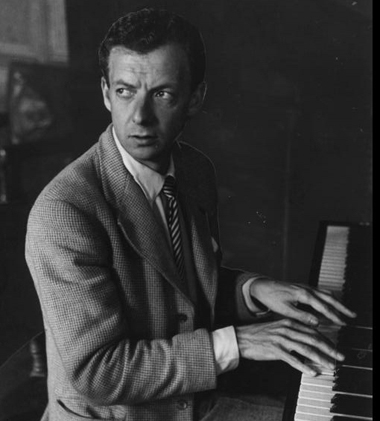
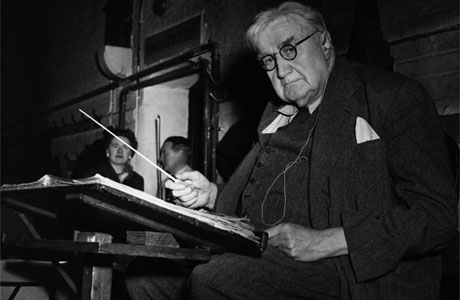
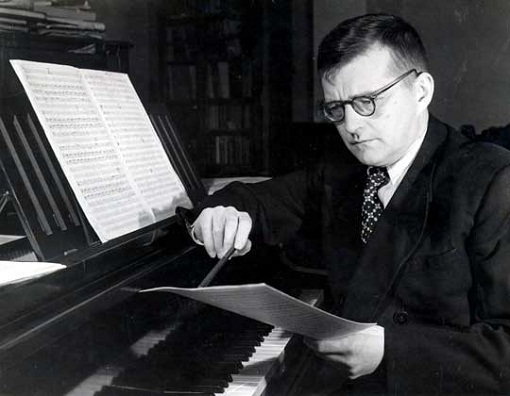
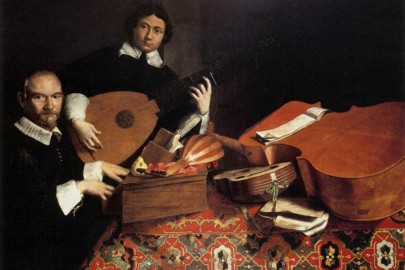
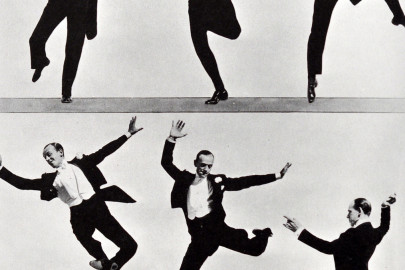








Brilliant detective work, Mahlerman. I think there may be a lot of this time-bending theft going on.
Watching ‘The Lion King’ with my daughter for approximately the eight thousandth time, I noticed that Mozart had clearly nicked a bit of Hans Zimmer’s score – the bit where Simba determines to go back to Pride Rock, you know – for the Adagio of his Clarinet Concerto…
Tchaikovsky and Elgar should be credited for all of this – plus HG Wells’ Time Machine.
We sincerely hope that Mahlerman’s delving didn’t include hacking Shostakovitch’s Blackberry.
Britten would turn in his grave if he knew that the Cathedral his music helped re-dedicate would one day be used to heap accolades upon the designer of the Austin Allegro.
Thanks for this disturbing eye-opener, MM. I was aware of Britten’s light-fingered approach to Themes of Correlli, Purcell and Frank Bridge, a Nocturnal idea of John Dowland, and inspiration to write the ditty: ‘Climb Upon My Knee Sonny Boy’ from a group of alter boys, but to nick from Little Jim Horner is outrageous.
Was Britten’s startled look in the photo captured by Peter Pears just as Ben’s butler entered the room and said: “Sorry to disturb you Sir, but there’s a Mrs Cholmondeley at the door with her distraught and incoherent son Clarence. She wishes to discuss what it was precisely you had out with the boy.”
Well Brit, if it appears that dabblers have a taste for this kind of forensic searching for truth, I may well crack-on and explore the multi-filching from the unfortunate Zimmer and the elder statesman of Hollywood film music John Williams. What amazes me is the reluctance of these musical giants to seek, in perhaps the most litigious country on Earth, some satisfaction in the courts for their losses. If you or I were fortunate enough to find a field vole in our Big Mac we could quit work and settle down to a life of sloth.
The picture of Britten I chose JH was judged by our legal department to be too risque for a family newspaper, and my editor saw fit to replace it with the creepy picture of Benjy at the pianoforte, obviously not expecting to be disturbed.